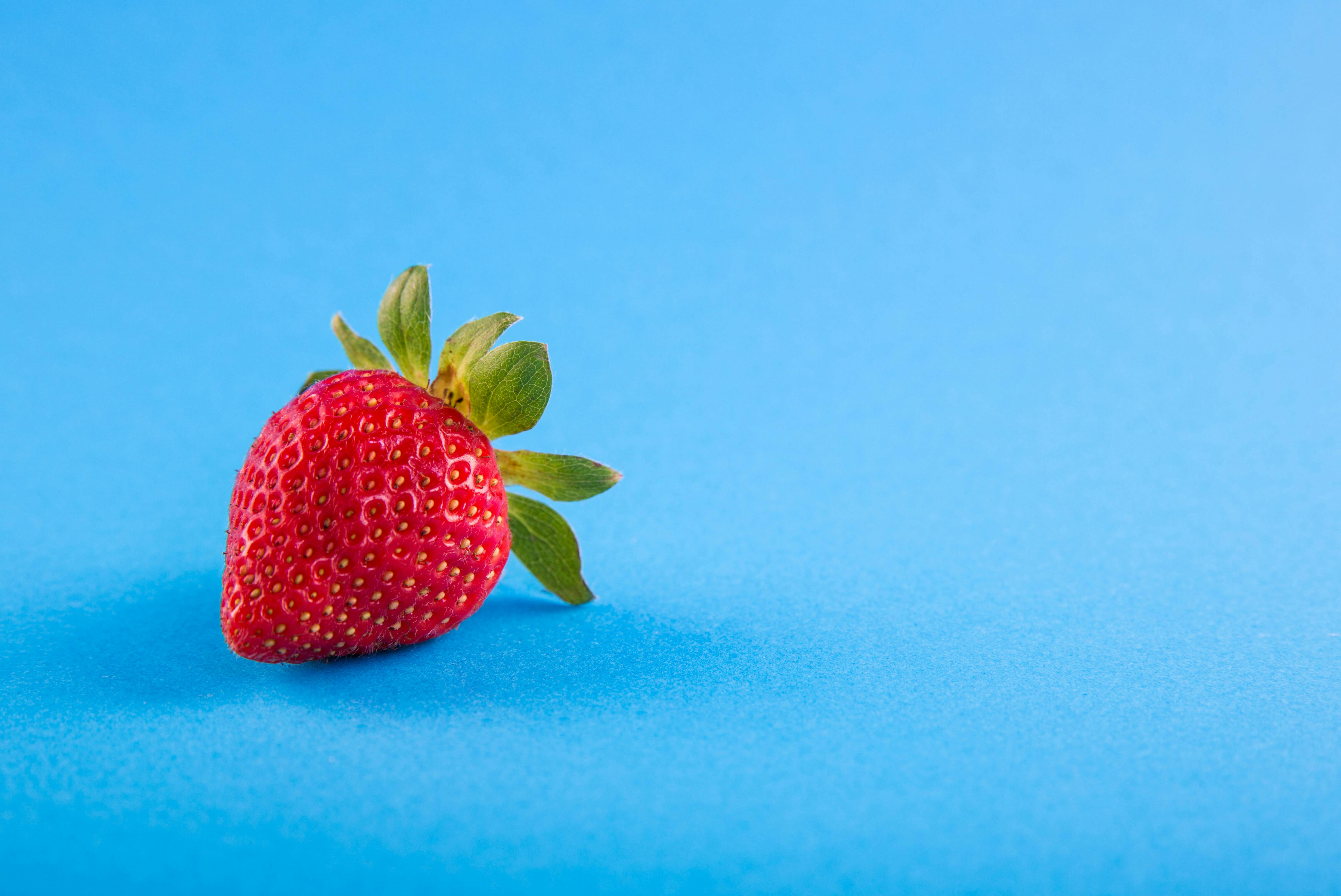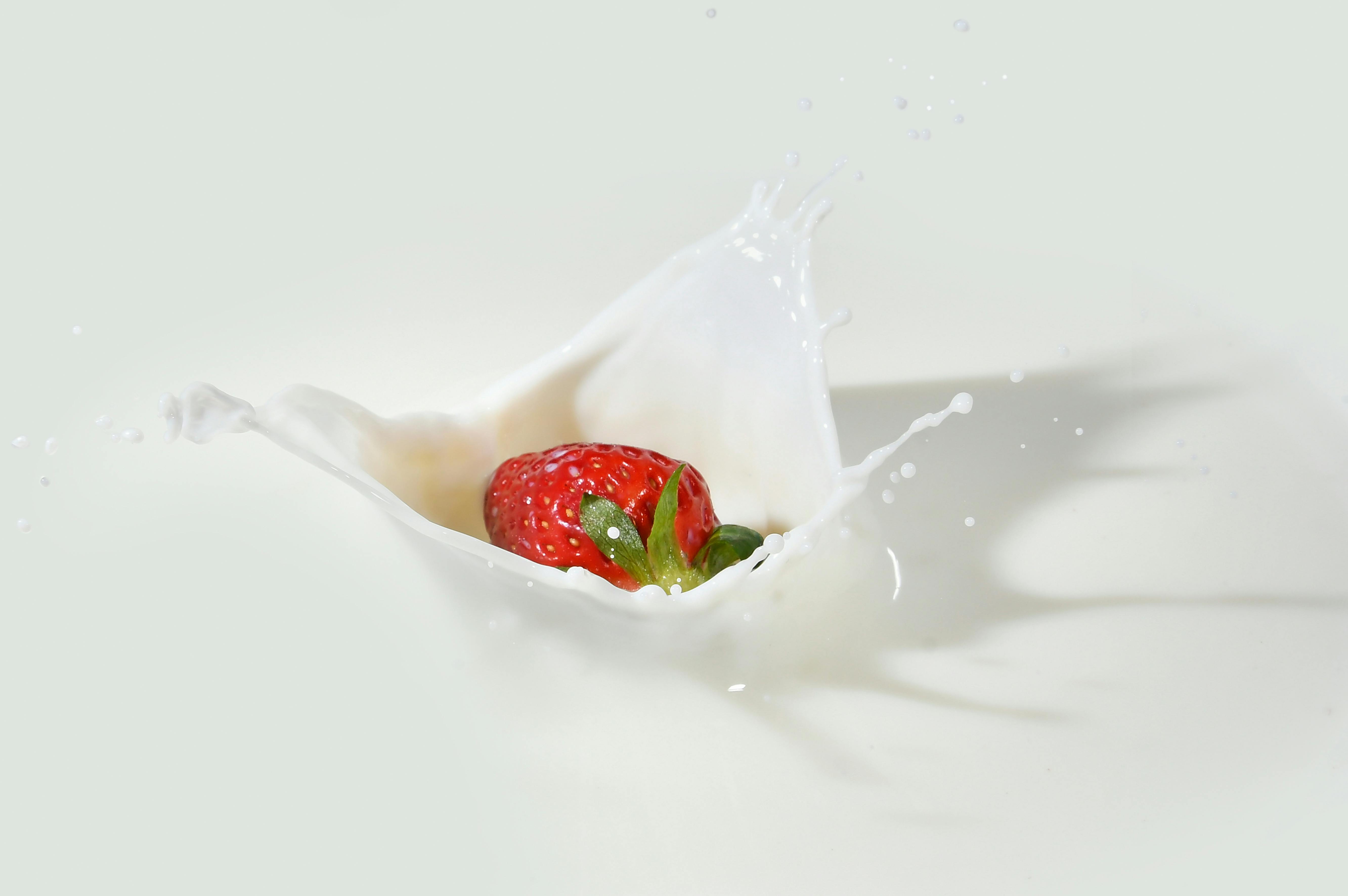Strawberries are a perennial plant, meaning that they will flower and fruit year after year. They can be grown in a variety of climates and soil types but tend to do best in cooler climates with well drained soil. Strawberries are easy to grow and require minimal maintenance, making them an ideal choice for home gardeners.A strawberry is a small, sweet, red fruit with seeds on the outside and a juicy interior. It is an edible part of a plant from the family Rosaceae and genus Fragaria. Strawberries are native to temperate areas of the Northern Hemisphere and are now widely cultivated across the world.
Is Strawberry a Perennial?
Strawberries are a popular fruit that is enjoyed by many people around the world. But what many people don’t know is whether strawberries are a perennial or not.
The answer to this question is that strawberries are indeed perennials. A perennial plant is one that lives for more than two years, and strawberries fit this definition as they can live for up to three years. While there are some varieties of strawberries which can only live for one season, these varieties are much less common than the perennials.
Strawberries also reproduce by sending out runners, which are stem-like structures that grow out from the mother plant and eventually produce new strawberry plants. This means that if you have enough space in your garden, you can grow your own strawberry patch and harvest fresh berries every year without having to replant them each season.
In addition, since strawberry plants require minimal care and maintenance once established, they make a great choice for gardeners who want something low maintenance but still want to enjoy fresh berries all year round.
So in conclusion, yes – strawberries are a perennial plant and a great addition to any garden!
Types of Strawberries
Strawberries are one of the most popular fruits around the world, and come in a variety of sizes, shapes, and flavors. There are over 20 different types of strawberries available today, each with its own unique characteristics. The most common types of strawberries are June-bearing, day-neutral, and everbearing strawberries.
June-bearing strawberries are the most popular type of strawberry and produce large, juicy berries that ripen during the summer months. They produce a single crop each year and require a long growing season to reach maturity. They also require a lot of care and attention in order to produce quality fruit.
Day-neutral strawberries are smaller than June-bearing varieties but still produce sweet and flavorful berries throughout the summer months. They can be grown in both cold and warm climates but require less care than June-bearing varieties. Day-neutral strawberry plants will produce multiple crops throughout the season instead of just one.
Everbearing strawberries are the smallest variety but still produce sweet berries throughout the growing season. They can be grown in both cold and warm climates but require less care than day-neutral or June bearing varieties. Everbearing strawberry plants will produce multiple crops throughout the season instead of just one.
No matter which variety you choose, all types of strawberries offer a sweet treat that is sure to please any palate! Whether you choose June-bearing, day-neutral or everbearing varieties, you can be sure that you will have delicious strawberries all summer long!
Growing Strawberries as a Perennial
Growing strawberries as a perennial is an excellent way to enjoy fresh, ripe strawberries year after year. Strawberries are one of the easiest fruits to grow, and they thrive in most climates and soil types. Plus, strawberry plants are attractive and can be used as ground cover in your garden. With just a bit of care and attention, you can have a thriving strawberry patch for many years to come.
To get started, you’ll need to purchase strawberry plants from a nursery or garden center. Look for healthy plants that are free from disease or pests. Once you’re ready to plant them in your garden, prepare the soil by loosening it and adding some organic matter such as compost or manure. Plant the strawberries 12-18 inches apart in rows that are at least three feet apart. Be sure to water them often and keep the soil moist but not soggy.
In order to get the most out of your strawberry plants, you’ll need to provide them with adequate nutrients throughout the growing season. Fertilize your strawberry plants when they first emerge in spring and then again throughout the summer months. You can use either organic or synthetic fertilizers; just be sure to follow the directions on the product label for proper application rates.
To ensure healthy growth and productive yields, it’s important to keep your strawberry patch free of weeds and pests. Pull out any weeds that appear around your plants and check for signs of pests such as aphids or mites on the leaves and fruit regularly. If you do spot any pests, treat them quickly with an appropriate insecticide or natural remedy such as neem oil.
Finally, don’t forget to give your strawberries plenty of sun! Aim for at least six hours of direct sunlight each day during the growing season for optimal growth and production. With proper care and attention, you can enjoy sweet strawberries from your own backyard every year!
Characteristics of Perennial Strawberries
Perennial strawberries are a type of strawberry that is capable of producing fruit for multiple years without needing to be replanted. They have several unique characteristics that make them a popular choice for home gardeners. One of the main benefits is that they tend to be more disease resistant than annual varieties, making them better suited for long-term growth. Additionally, these types of strawberries often produce larger and sweeter fruits than their annual counterparts.
Perennial strawberries also have longer fruiting seasons than annual varieties, often lasting up to six weeks or more. This means that gardeners can enjoy a longer harvest window and get more value out of their crops. Furthermore, perennial strawberry plants tend to produce larger yields over time, with some varieties producing up to three times the amount of fruit as their annual counterparts.
Finally, perennial strawberries are relatively easy to maintain and require minimal care compared to other types of fruit plants. Most will not need to be fertilized or pruned on a regular basis, and they are very tolerant of different soil conditions and climates. This makes them an ideal choice for those who want to grow their own strawberries but don’t have the time or resources to devote to more labor-intensive fruits like apples or peaches.

Benefits of Growing Perennial Strawberries
Growing perennial strawberries is a great way to add a delicious, nutrient-packed fruit to your garden. Not only are these fruits delicious, but they are also fairly easy to grow and maintain. These perennials come back year after year and provide an abundance of fruit throughout the growing season. Here are some of the benefits of growing perennial strawberries:
First, perennial strawberries require minimal maintenance. Once they are established in your garden, you can simply water them regularly and provide them with adequate sunlight. You can also prune off any dead or diseased leaves or stems as needed. This makes it easy to keep your plants healthy and productive.
Second, perennial strawberry plants produce an abundance of fruit throughout the growing season. This means that you will have plenty of fresh berries to enjoy for weeks or even months! Some varieties may even produce fruit for up to two years, making them a great choice for long-term harvests.
Third, perennial strawberries are easy to propagate from runners or root divisions. This means that you can easily expand your strawberry patch with minimal effort. You can also share your plants with friends or family who want to start their own strawberry patches!
Finally, perennial strawberries are a great addition to any garden as they attract a variety of beneficial insects such as bees and butterflies. These pollinators will help ensure that your plants produce plenty of fruit throughout the season! Plus, these fruits contain plenty of vitamins and minerals that make them a healthy snack option for you and your family.
As you can see, there are many benefits to growing perennial strawberries in your garden. From requiring minimal maintenance to producing an abundance of fruit every year, these perennials make it easy to enjoy freshly picked berries all season long! So what are you waiting for? Start growing these delicious fruits today!
How to Care for Perennial Strawberries
Perennial strawberries are an easy-to-care-for fruit, making them a great choice for beginner gardeners. With a few basic tips, you can ensure your perennial strawberry plants thrive for years to come. Here are some tips on how to care for perennial strawberries:
Sunlight
Strawberry plants require at least six hours of sunlight per day, preferably during the morning hours. If they don’t get enough sun, they won’t produce enough fruit and their leaves may turn yellow. If you live in an area with very hot summers, provide your strawberry plants with some shade during the hottest part of the day.
Watering
Strawberry plants need to be watered regularly during the growing season. Water deeply once or twice a week using a soaker hose or drip irrigation system. Avoid overhead watering as this can cause fungal diseases such as powdery mildew and gray mold. During periods of drought, water your strawberry plants more frequently.
Fertilizer
Fertilize your strawberry plants with a balanced fertilizer every four weeks during the growing season. Use a fertilizer that is high in nitrogen and phosphorus but low in potassium to encourage healthy growth and abundant fruit production. Avoid over-fertilizing, as too much fertilizer can burn the roots and cause stunted growth.
Pruning
Prune away any dead or damaged leaves and stems throughout the growing season to encourage new growth and increase air circulation around the plant which helps prevent fungal diseases from taking hold. Prune away any runners (long stems that stretch out from the mother plant) to keep your strawberry patch from becoming overcrowded. In autumn, cut back all of the foliage to within an inch or two of the ground level.
Mulching
Mulch around your strawberry plants with straw or grass clippings to keep weeds at bay and help retain moisture in the soil during dry spells. Make sure you pull back any mulch away from the base of each plant so that it doesn’t smother them or encourage rot in damp conditions.
Harvesting
When harvesting strawberries, be sure to pick them when they are ripe – they should just come off easily when gently tugged on their stem – otherwise they will not taste as sweet as they should! Enjoy all those delicious fruits throughout summer!
Pros of Growing Perennial Strawberries
Growing perennial strawberries offers a number of advantages. These include the fact that they require less maintenance than annual plants, as they can survive for several years without needing to be replaced. In addition, they are able to produce fruit more quickly than most annual varieties, with yields often seen as early as the second year from planting. They also tend to have a longer harvest period than traditional annuals, meaning that you can reap the benefits of your crop for longer. This type of strawberry is also highly resistant to many pests and diseases, meaning you don’t have to worry about them affecting your crop in the same way as with other varieties.
Cons of Growing Perennial Strawberries
Despite the many advantages that come with growing perennial strawberries, there are some downsides to consider as well. One major issue is that perennial plants require more space than annuals, so if you have limited garden space it may not be an option for you. In addition, these types of strawberries may not produce quite as large a yield as some annual varieties. Additionally, while they are often hardy and pest-resistant, it’s important to remember that they still need regular maintenance and care in order to ensure optimal health and yields.

Conclusion
Strawberries are an incredibly versatile fruit that can be used in a variety of dishes and desserts. They are also an excellent source of vitamins and minerals, and can provide a number of health benefits. It is also worth noting that strawberries are a perennial plant, meaning they will produce fruit for many years. This makes them an ideal choice for gardens and homesteading.
Strawberries are easy to grow and require minimal care, which makes them a great choice for gardeners of all experience levels. With proper planting and care, strawberries can produce delicious fruits year after year. Whether you are looking to add flavor to your meals or looking for a reliable source of vitamins and minerals, strawberries offer something for everyone.



